The Ultimate Marketing Machine
 In the past decade, what marketers do to engage customers has changed almost beyond recognition. With the possible exception of information technology, we can’t think of another discipline that has evolved so quickly. Tools and strategies that were cutting-edge just a few years ago are fast becoming obsolete, and new approaches are appearing every day.
In the past decade, what marketers do to engage customers has changed almost beyond recognition. With the possible exception of information technology, we can’t think of another discipline that has evolved so quickly. Tools and strategies that were cutting-edge just a few years ago are fast becoming obsolete, and new approaches are appearing every day.
Yet in most companies the organizational structure of the marketing function hasn’t changed since the practice of brand management emerged, more than 40 years ago. Hidebound hierarchies from another era are still commonplace.
Marketers understand that their organizations need an overhaul, and many chief marketing officers are tearing up their org charts. But in our research and our work with hundreds of global marketing organizations, we’ve found that those CMOs are struggling with how to draw the new chart. What does the ideal structure look like? Our answer is that this is the wrong question. A simple blueprint does not exist.
Marketing leaders instead must ask, “What values and goals guide our brand strategy, what capabilities drive marketing excellence, and what structures and ways of working will support them?” Any Structure must follow strategy—not the other way around.
To understand what separates the strategies and structures of superior marketing organizations from the rest, EffectiveBrands (now Millward Brown Vermeer)—in partnership with the Association of National Advertisers, the World Federation of Advertisers, Spencer Stuart, Forbes, MetrixLab, and Adobe—initiated Marketing2020, which to our knowledge is the most comprehensive marketing leadership study ever undertaken. Co-author Keith Weed, the CMO of Unilever, is the chairman of the initiative’s advisory board. Todate the study has included in-depth qualitative interviews with more than 350 CEOs, CMOs, and agency heads, and over a dozen CMO roundtables in cities worldwide. We also conducted online quantitative surveys of 10,000-plus marketers from 92 countries. The surveys encompassed more than 80 questions focusing on marketers’ data analytics capabilities, brand strategy, cross-functional and global interactions, and employee training.
We divided the survey respondents into two groups, overperformers, and underperformers, on the basis of their companies’ three-year revenue growth relative to their competitors’. We then compared those two groups’ strategies, structures, and capabilities. Some of what we found should come as no surprise: Companies that are sophisticated in their use of data grow faster, for instance. Nevertheless, the research shed new light on the constellation of brand attributes required for superior marketing performance and on the nature of the organizations that achieve it. It’s clear that “marketing” is no longer a discrete entity (and woe to the company whose marketing is still siloed) but now extends throughout the firm, tapping virtually every function. And while the titles, roles, and responsibilities of marketing leaders vary widely among companies and industries, the challenges they face—and what they must do to succeed—are deeply similar.
Highlights from the Survey
Building Needed Capabilities
% of respondents who said that their organization’s training program was tailored to the specific needs of their business
Winning Characteristics
The framework that follows describes the broad traits of high-performing organizations, as well as specific drivers of organizational effectiveness. Let’s look first at the shared principles of high performers’ marketing approaches.
Big data, deep insights.
Marketers today are awash in customer data, and most are finding narrow ways to use that information—to, say, improve the targeting of messages. Knowing what an individual consumer is doing where and when is now table stakes. High performers in our study are distinguished by their ability to integrate data on what consumers are doing with knowledge of why they’re doing it, which yields new insights into consumers’ needs and how to best meet them. These marketers understand consumers’ basic drives—such as the desire to achieve, to find a partner, and to nurture a child—motivations we call “universal human truths.”
The Nike+ suite of personal fitness products and services, for instance, combines a deep understanding of what makes athletes tick with troves of data. Nike+ incorporates sensor technologies embedded in running shoes and wearable devices that connect with the web, apps for tablets and smartphones, training programs, and social networks. In addition to tracking running routes and times, Nike+ provides motivational feedback and links users to communities of friends, like-minded athletes, and even coaches. Users receive personalized coaching programs that monitor their progress. An aspiring first-time half-marathon runner, say, and a seasoned runner rebounding from an injury will receive very different coaching. People are rewarded for good performance, can post their accomplishments on social media, and can compare their performance with—and learn from—others in the Nike+ community.
Purposeful positioning.
Top brands excel at delivering all three manifestations of brand purpose—functional benefits, or the job the customer buys the brand to do (think of the pick-me-up Starbucks coffee provides); emotional benefits, or how it satisfies a customer’s emotional needs (drinking coffee is a social occasion); and societal benefits, such as sustainability (when coffee is sourced through fair trade). Consider the Unilever Sustainable Living Plan, which defines a set of guiding principles for sustainable growth that emphasize improving health, reducing environmental impact, and enhancing livelihoods. The plan lies at the heart of all Unilever’s brand strategies, as well as its employee and operational strategies.
In addition to engaging customers and inspiring employees, a powerful and clear brand purpose improves alignment throughout the organization and ensures consistent messaging across touchpoints. AkzoNobel’s Dulux, one of the world’s leading paint brands, offers a case in point. In 2006, AkzoNobel was operating a heavily decentralized business structured around local markets, with each local business setting its own brand and business goals and developing its own marketing mix. Not surprisingly, the outcome was inconsistent brand positioning and results; Dulux soared in some markets and floundered in others. In 2008, Dulux’s new global brand team pursued a sweeping program to understand how people perceived the brand across markets, paint’s purpose in their lives, and the human truths that inspired people to color their environments. From China, to India, to the UK, to Brazil, a consistent theme emerged: The colors around us powerfully influence how we feel. Dulux wasn’t selling cans of paint; it was selling “tins of optimism.” This new definition of Dulux’s brand purpose led to a marketing campaign, “Let’s Color.” It enlists volunteers, which now include more than 80% of AkzoNobel employees, and donates paint (more than half a million liters so far) to revitalize run-down urban neighborhoods, from the favelas of Rio to the streets of Jodhpur. In addition to aligning the once-decentralized marketing organization, Dulux’s purpose-driven approach has expanded its share in many markets.
Total experience.
Companies are increasingly enhancing the value of their products by creating customer experiences. Some deepen the customer relationship by leveraging what they know about a given customer to personalize offerings. Others focus on the breadth of the relationship by adding touchpoints. Our research shows that high-performing brands do both—providing what we call “total experience.” In fact, we believe that the most important marketing metric will soon change from “share of wallet” or “share of voice” to “share of experience.”
McCormick, the spices and flavorings firm, emphasizes both depth and breadth in delivering on its promise to “push the art, science, and passion of flavor.” It creates a consistent experience for consumers across numerous physical and digital touchpoints, such as product packaging, branded content like cookbooks, retail stores, and even an interactive service, FlavorPrint, that learns each customer’s taste preferences and makes tailored recipe recommendations. FlavorPrint does for recipes what Netflix has done for movies; its algorithm distills each recipe into a unique flavor profile, which can be matched to a consumer’s taste-preference profile. FlavorPrint can then generate customized e-mails, shopping lists, and recipes optimized for tablets and mobile devices.
Organizing for Growth
Marketing has become too important to be left just to the marketers in a company. We say this not to disparage marketers but to underscore how holistic marketing now is. To deliver a seamless experience, one informed by data and imbued with brand purpose, all employees in the company, from store clerks and phone center reps to IT specialists and the marketing team itself, must share a common vision.
Our research has identified five drivers of organizational effectiveness. The leaders of high-performing companies connect marketing to the business strategy and to the rest of the organization; inspire their organizations by engaging all levels with the brand purpose; focus their people on a few key priorities; organize agile, cross-functional teams; and build the internal capabilities needed for success.
Connecting.
In our work with marketing organizations, we have seen case after case of dysfunctional teamwork, suboptimal collaboration, and lack of shared purpose and trust.
Despite cultural and geographic obstacles, our high-performing marketers avoid such breakdowns for the most part. Their leaders excel at linking their departments to general management and other functions. They create a tight relationship with the CEO, making certain that marketing goals support company goals; bridge organizational silos by integrating marketing and other disciplines; and ensure that global, regional, and local marketing teams work interdependently.
Marketing historically has marched to its own drummer, at best unevenly supporting strategy handed down from headquarters and, more commonly, pursuing brand or marketing goals (such as growing brand equity) that were not directly related to the overall business strategy. Today high-performing marketing leaders don’t just align their department’s activities with company strategy; they actively engage in creating it. From 2006 to 2013, our surveys show, marketing’s influence on strategy development increased by 20 percentage points. And when marketing demonstrates that it is fighting for the same business objectives as its peers, trust and communication strengthen across all functions and, as we shall see, enable the collaboration required for high performance.
Another way companies foster connections is by putting marketing and other functions under a single leader. Motorola’s Eduardo Conrado is the senior VP of both marketing and IT. A year after Antonio Lucio was appointed CMO of Visa, he was invited to also lead HR and tighten the alignment between the company’s strategy and how employees were recruited, developed, retained, and rewarded. CoauthCo-author Weed leads communications and sustainability, as well as marketing, at Unilever. And Herschend Family Entertainment, owner of the Harlem Globetrotters and various theme parks, has recently expanded CMO Eric Lent’s role to chief marketing and consumer technology officer.
Marketing has become too important to be left just to the marketers. All employees, from store clerks to IT specialists, must be engaged in it.
Inspiring.
Inspiration is one of the most underused drivers of effective marketing—and one of the most powerful. Our research shows that high-performing marketers are more likely to engage customers and employees with their brand purpose—and that employees in those organizations are more likely to express pride in the brand.
Inspiration strengthens commitment, of course, but when it’s rooted in a respected brand purpose, all employees will be motivated by the same mission. This enhances collaboration and, as more and more employees come into contact with customers, also helps ensure consistent customer experiences. The payoff is that everyone in the company becomes a de facto member of tCo-authoring team.
The key to inspiring the organization is to do internally what marketing does best externally: create irresistible messages and programs that get everyone on board. At Dulux, that involved handing paint and brushes to thousands of employees and setting them loose on neighborhoods around the world. Unilever’s leadership conducts a quarterly live broadcast with most of the company’s 6,500 marketers to celebrate best brand practices and introduce new tools. In addition, Unilever holds a series of globally coordinated and locally delivered internal and external communications events, called Big Moments, to engage employees and opinion leaders companywide directly with the broader purpose of making sustainable living commonplace. Research shows this has led to a significant increase in employee commitment. Nike has a marketing staffer whose sole job is to tell the original Nike story to all new employees.
Inspiration is so important that many companies, Unilever among them, have begun measuring employees’ brand engagement as a key performance indicator. Google does this by assessing employees’ “Googliness” in performance appraisals to determine how fully people embrace the company’s culture and purpose. And Zappos famously offers new hires $3,000 to leave after four weeks, effectively cutting loose anyone who is not inspired by the company’s obsessive customer focus.
Focusing.
When we asked eight global marketing executives in one organization to list their top five marketing objectives, only two goals made it onto everyone’s list. The remainder was a motley assortment of personal or local objectives. Such misalignment, our data show, increases the farther teams are from an organization’s center of power. With marketing activities ever more dispersed across global companies, that risk must be carefully managed.
By a wide margin, respondents in overperforming companies agreed with the statements “Local marketing understands the global strategy” and “Global marketing understands the local marketing reality.” Winning companies were more likely to measure brands’ success against key performance indicators such as revenue growth and profit and to tie incentives at the local level directly to those KPIs. Ironically, almost all companies were meticulous in planning and executing consumer communication campaigns but failed to devote the same care to internal communications about strategy. That’s a dangerous oversight.
Marc Schroeder, the global marketing head for PepsiCo’s Quaker brand, understood the need for internal cohesiveness when he led a cross-regional “marketing council” to develop and communicate the brand’s first global growth strategy. The council defined a purposeful positioning, nailed down the brand’s global objectives, set a prioritized growth agenda, created clear lines of accountability and incentives, and adopted a performance dashboard that tracked industry measures such as market share and revenue growth. The council communicated the strategy through regional and local team meetings, including those with agencies and retail customers worldwide, and hosted a first-ever global brand stewardship event to educate colleagues. As a result of those efforts, all Quaker marketing plans are now explicitly linked to one overall strategy.
Organizing for agility.
Our research consistently shows that organizational structure, roles, and processes are among the toughest leadership challenges—and that the need for clarity about them is consistently underestimated or even ignored.
We have helped design dozens of marketing organizations. Typically we enter the scene after a traditional business consultancy has done preliminary strategy, cost, and head-count analyses, and our role is to work with the CMO to create and implement a new structure, operating model, and capability-building program. Though we believe there is no ideal organizational blueprint, our experience does suggest a set of operational and design principles that any organization can apply.
Today marketing organizations must leverage global scale but also be nimble, able to plan and execute in a matter of weeks or a few months—and, increasingly, instantaneously. Oreo famously took to Twitter during the blackout at the 2013 Super Bowl, reminding consumers, “You can still dunk in the dark,” making the brand a trending topic during one of the world’s biggest sporting events. That the tweet was designed and approved in minutes was no accident; Oreo deliberately organized and empowered its marketing team for the occasion, bringing agency and brand teams together in a “mission control” room and authorizing them to engage with their audience in real time.
Complex matrixed organizational structures—like those captured in traditional, rigid “Christmas tree” org charts—are giving way to networked organizations characterized by flexible roles, fluid responsibilities, and more relaxed sign-off processes designed for speed. The new structures allow leaders to tap talent as needed from across the organization and assemble teams for specific, often short-term, marketing initiatives. The teams may form, execute, and disband in a matter of weeks or months, depending on the task.
New marketing roles.
As companies expand internationally, they inevitably reorganize to better balance the benefits of global scale with the need for local relevance. Our research shows that, as a result, the vast majority of brands are led much more centrally today than they were a few years ago. Companies are removing middle, often regional, layers and creating specialized “centers of excellence” that guide strategy and share best practices while drawing on needed resources wherever, and at whatever level, they exist in the organization. As companies pursue this approach, roles and processes need to be adapted.
Marketing organizations traditionally have been populated by generalists, but particularly with the rise of social and digital marketing, a profusion of new specialist roles—such as digital privacy analysts and native content editors—are emerging. We have found it useful to categorize marketing roles not by title (as the variety seems infinite) but as belonging to one of three broad types: “think” marketers, who apply analytic capabilities to tasks like data mining, media-mix modeling, and ROI optimization; “do” marketers, who develop content and design and lead production; and “feel” marketers, who focus on consumer interaction and engagement in roles from customer service to social media and online communities.
The networked organization.
A broad array of skills and organizational tiers and functions are represented within each category. CMOs and other marketing executives such as chief experience officers and global brand managers increasingly operate as the orchestrators, assembling cross-functional teams from these three classes of talent to tackle initiatives. Orchestrators brief the teams, ensure that they have the capabilities and resources they need, and oversee performance tracking. To populate a team, the orchestrator and team leader draw from marketing and other functions as well as from outside agencies and consulting firms, balancing the mix of think, do, and feel capabilities in accordance with the team’s mission.
Companies are using this model to create task forces for a range of marketing programs, from integrating online and physical retail experiences to introducing new products. When Unilever launched Project Sunlight—a consumer-engagement program connected with its sustainable living initiative—the team drew talent from seven expertise areas. The international cable company Liberty Global uses task forces to optimize the customer experience at key engagement points—such as when customers receive a bill. These teams are led by managers from a variety of marketing and nonmarketing functions, have different durations, and draw from each of the three talent pools in different measure.
The task-force model is both agile and disciplined. It requires a culture in which central leadership is confident that local teams understand the strategy and will collaborate to execute it. This works well only when everyone in the organization is inspired by the brand purpose and is clear about the goals. Google, Nike, Red Bull, and Amazon all embrace this philosophy. Amazon’s Jeff Bezos captured the ethos when he said at a shareholders’ meeting, “We are stubborn on vision. We are flexible on details.”
Building capabilities.
As we have shown, the most effective marketers lead by connecting, inspiring, focusing, and organizing for agility. But none of those activities can be fully accomplished, or sustained, without the continual building of capabilities. Our research shows pronounced differences in training between high- and low-performing companies, in terms of both quantity and quality.
At a minimum the marketing staff needs expertise in traditional marketing and communications functions—market research, competitive intelligence, media planning, and so forth. But we’ve seen that sometimes even those basic capabilities are lacking. Courses to onboard new staff and teach targeted skills are just the price of entry. The best marketing organizations, including those at Coca-Cola, Unilever, and the Japanese beauty company Shiseido, have invested in dedicated internal marketing academies to create a single marketing language and way of doing marketing.
Senior managers across the company can benefit from programs for sharing expertise on consumer habits, competitor strategy, and retail dynamics. Virgin, Starbucks, and other corporations have created intensive “immersion” programs for this purpose. Executives at the director level can profit from advanced courses that focus on strategic considerations such as portfolio management and partnering. We find that senior leaders often gain a lot in digital and social media training, as they’re frequently less well versed in those areas than their junior colleagues are. Appreciating this, companies including Unilever and Diageo have taken their senior leaders to Facebook for training. We’ve collaborated with partners at Google, MSN, and AOL to develop similar programs, including “reverse mentoring,” which pairs very senior managers with younger staffers. Even the CMO can benefit from continued, targeted training. Visa’s Antonio Lucio, for instance, hired a digital native to teach him about social media and monitor his progress.
Underperforming marketers, on the other hand, underinvest in training. Their employees receive just over half a day of training a year, on average, while overperformers give people nearly two full days of tailored, practical training by external experts. At first blush, the Marketing2020 study reveals what you might expect: Marketers must leverage customer insight, imbue their brands with a brand purpose, and deliver a rich customer experience. They must connect, inspire, focus, organize, and build, as detailed here. The finding that’s striking—and should serve as both a warning and a call to arms—is that most organizations haven’t been able to put all those pieces together. Our data show that only half of even high-performing organizations excel on some of these capabilities. But that shouldn’t be discouraging; rather, it illuminates where there’s work to do. Regardless of how marketing delivers its messages in the future, the fundamental human motivations that marketers must satisfy won’t change. The challenge now is to create organizations that can truly speak to those needs.
David Ogden
Helping People Help Themselves
David https://markethive.com/david-ogden
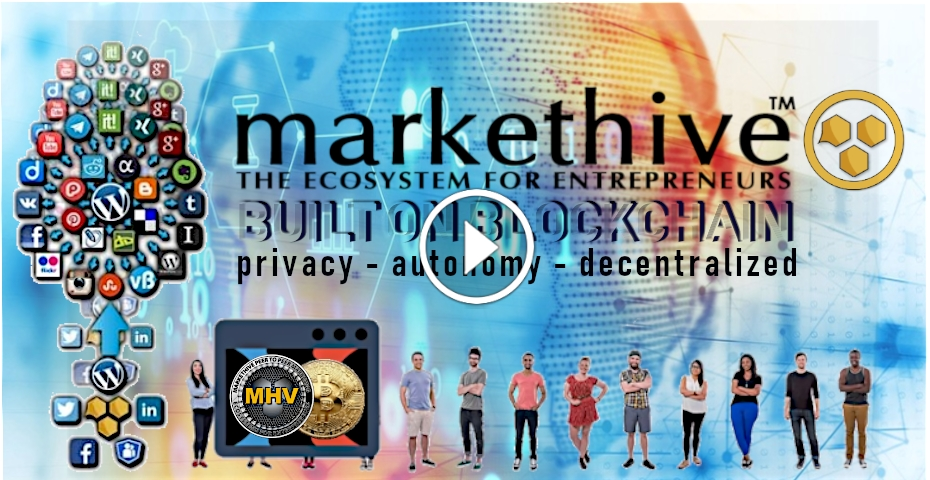
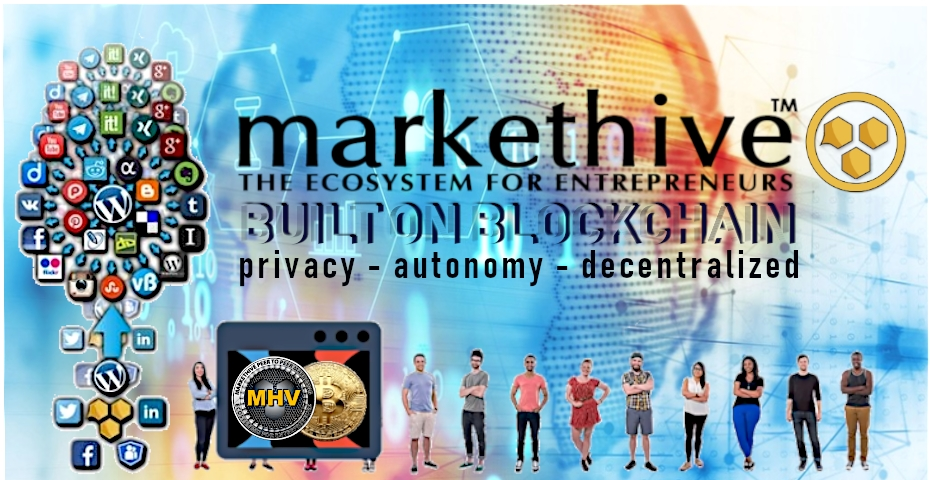
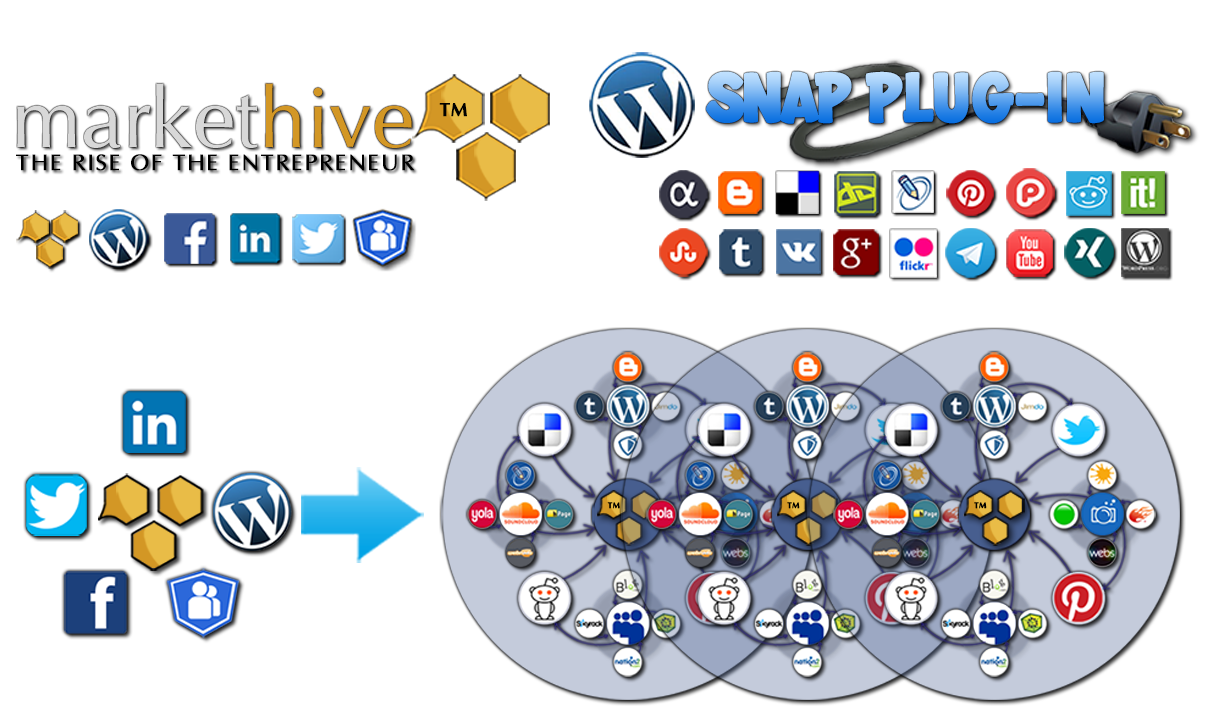


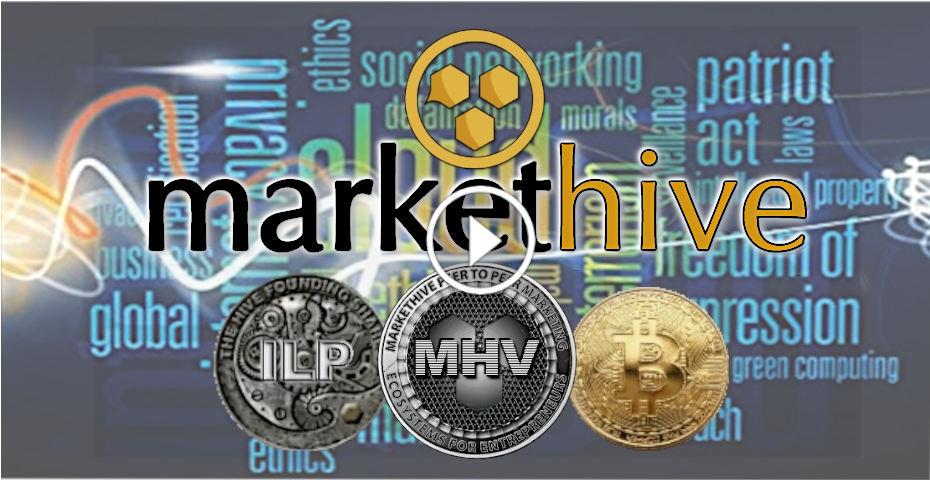
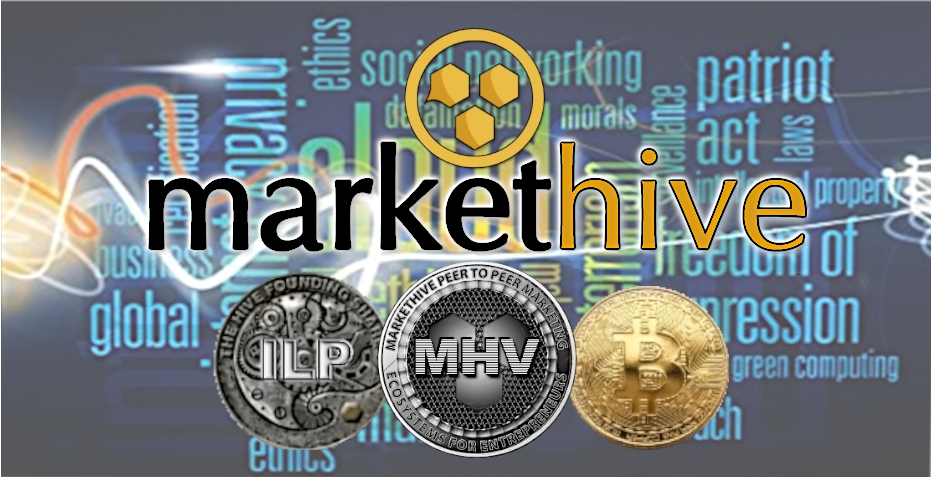
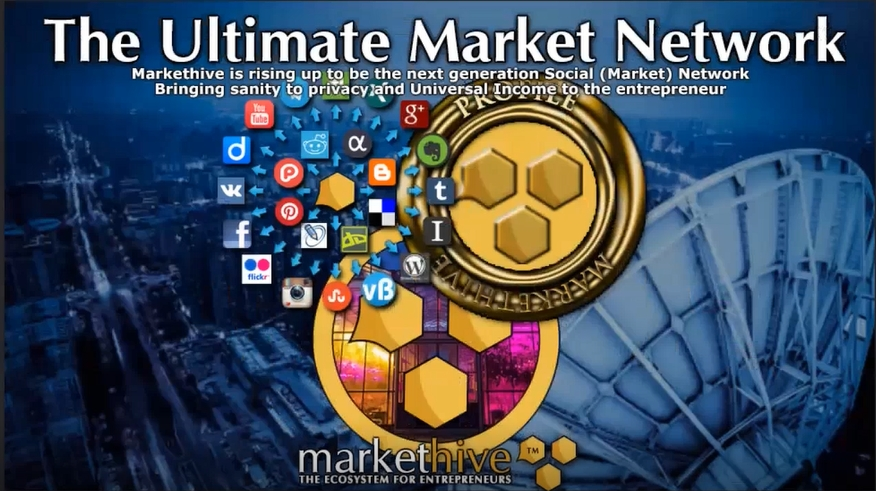
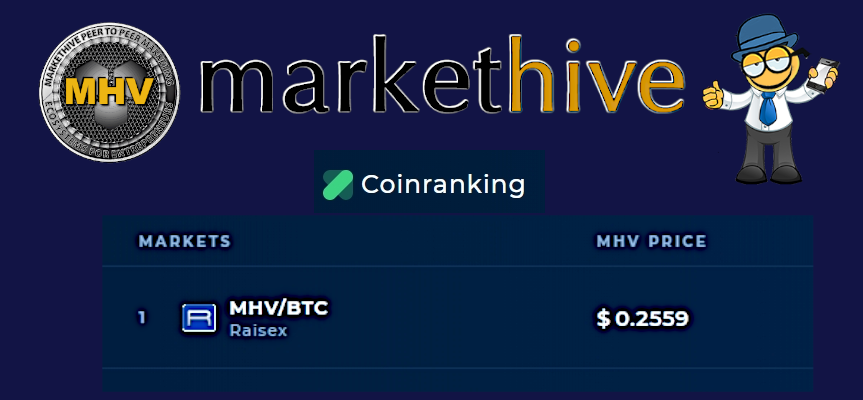
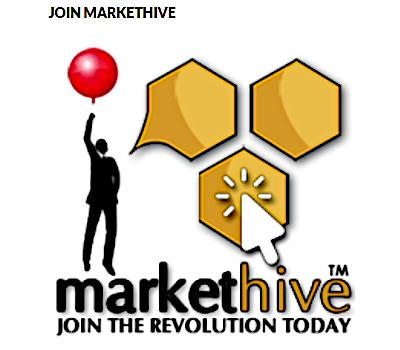
 Markethive Inbound Marketing Blockchain
Markethive Inbound Marketing Blockchain

 Adobe confirms it's buying Marketo for $4.75 billion
Adobe confirms it's buying Marketo for $4.75 billion






 In the past decade, what marketers do to engage customers has changed almost beyond recognition. With the possible exception of information technology, we can’t think of another discipline that has evolved so quickly. Tools and strategies that were cutting-edge just a few years ago are fast becoming obsolete, and new approaches are appearing every day.
In the past decade, what marketers do to engage customers has changed almost beyond recognition. With the possible exception of information technology, we can’t think of another discipline that has evolved so quickly. Tools and strategies that were cutting-edge just a few years ago are fast becoming obsolete, and new approaches are appearing every day.



